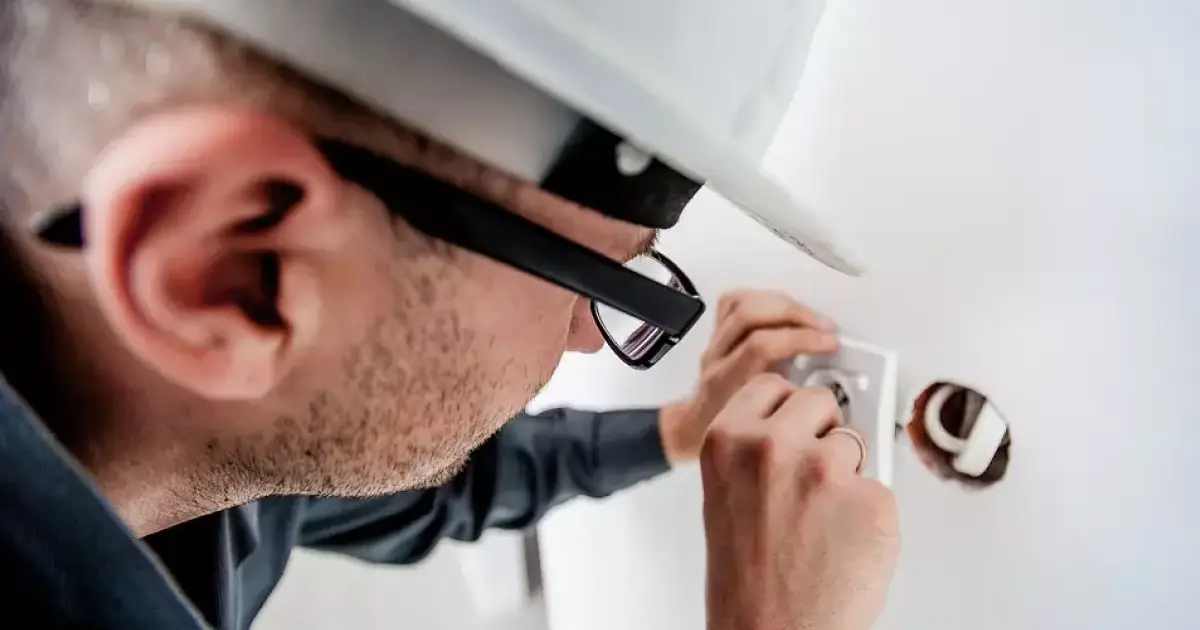What Is Restorative Dental Care?
What Is Restorative Dental Care? Restorative dental care focuses on repairing or replacing damaged or missing teeth. These treatments aim to restore both function and ...
Read More →
How To Brush Your Teeth
Brush Your Teeth Basics Brushing your teeth helps remove plaque and bacteria that can cause tooth decay and gum disease. Periodontal disease is a common ...
Read More →
How To Whiten Crowns And Bridges: Achieving A Brighter Smile
Maintaining a bright, white smile is important for many people, but achieving this can be more challenging if you have dental restorations like crowns and ...
Read More →
Are Anti-Reflective Lens Cleaners Effective?
When it comes to maintaining the clarity and longevity of your glasses, the type of lens cleaner you choose is crucial, especially for anti-reflective coated ...
Read More →
Holistic Healing: Exploring Chiropractic Services
In today’s fast-paced world, musculoskeletal pain—especially back and neck pain—is increasingly prevalent, affecting daily activities and overall quality of life. Chiropractic care, a specialized approach ...
Read More →
What Is BHRT? (Bioidentical Hormone Replacement Therapy): A Comprehensive Guide
In today’s fast-paced world, the desire to live a healthy and vibrant life is a common goal for many individuals, regardless of age or gender. ...
Read More →
Titusville Chiropractor: The Path To Pain-Free Living
In the quest for overall health and well-being, many individuals find themselves seeking chiropractic care, a holistic approach to health that focuses on supporting spinal health. ...
Read More →
An Alternative Way To Teach & Learn Basic Electricity
In the ever-evolving landscape of education, finding innovative methods to teach fundamental concepts is crucial for fostering engagement and understanding. Basic electricity, often considered a ...
Read More →
Elevating Your Senses With These Honey Bread Creations
There’s something truly magical about the aroma of freshly baked bread wafting through the kitchen, especially when it’s a batch of your own Golden Honey ...
Read More →
Understanding Situational Depression
In the vast realm of mental health, depression manifests in various forms, each with its unique characteristics and nuances. Situational depression stands out as a ...
Read More →
National Safety Compliance
In the fast-paced world of business, it’s easy for managers to overlook certain aspects of their operations, especially when it comes to training operators. However, ...
Read More →
The Versatility Of Custom Bathroom Cabinets
Custom bathroom vanities and cabinets are a powerful tool in the world of home design, whether you’re looking to renovate your existing bathroom or create ...
Read More →














